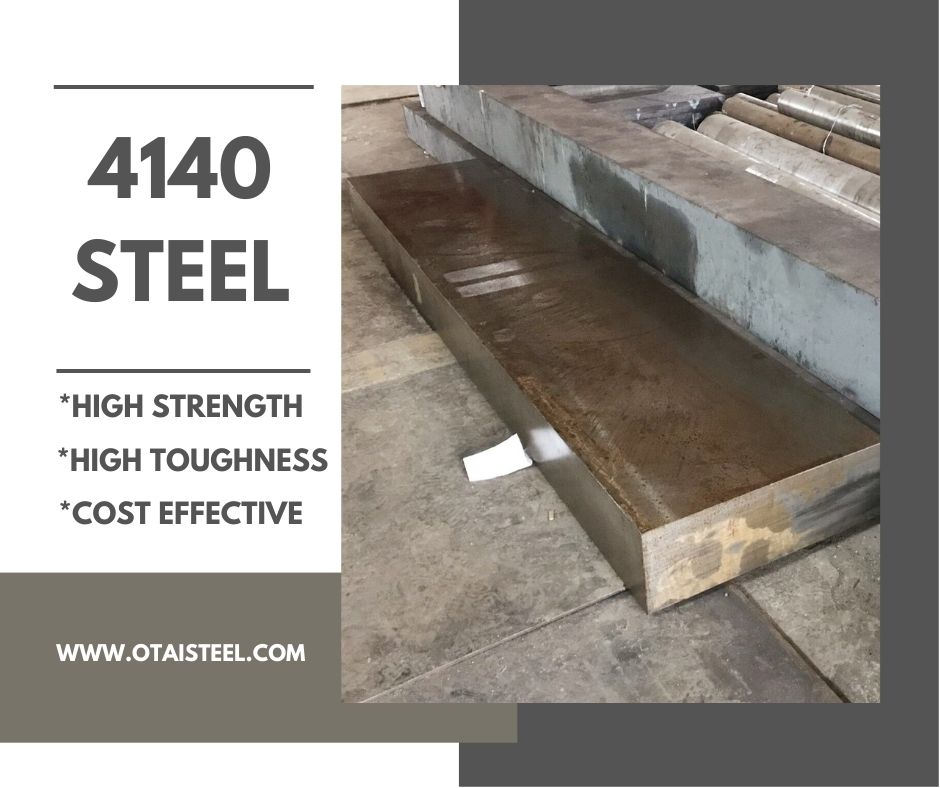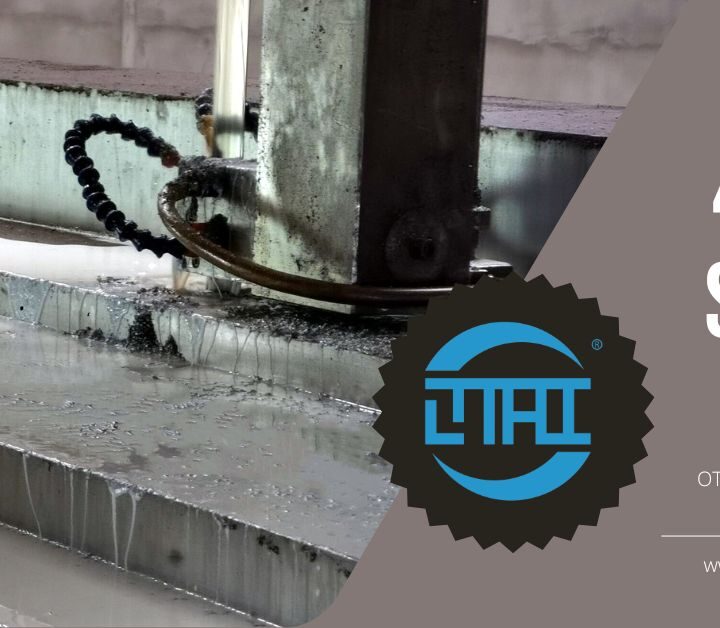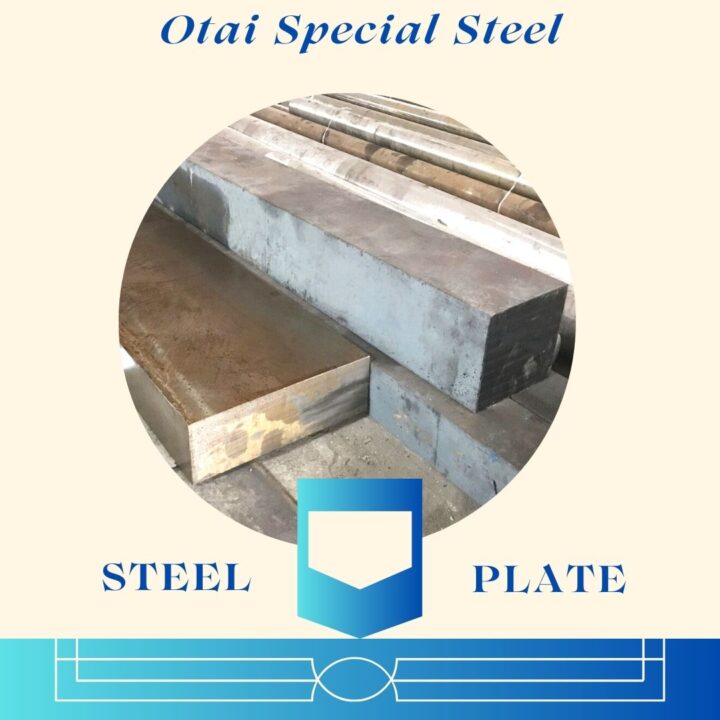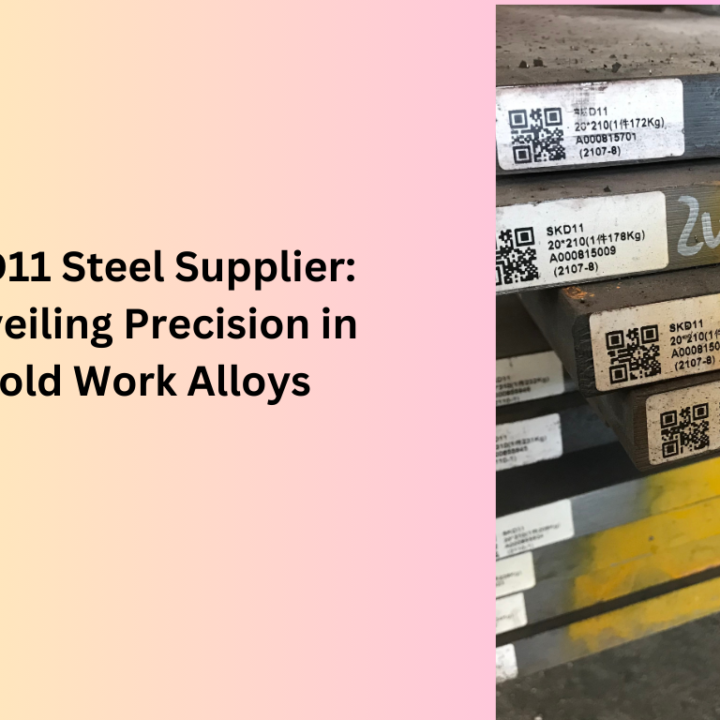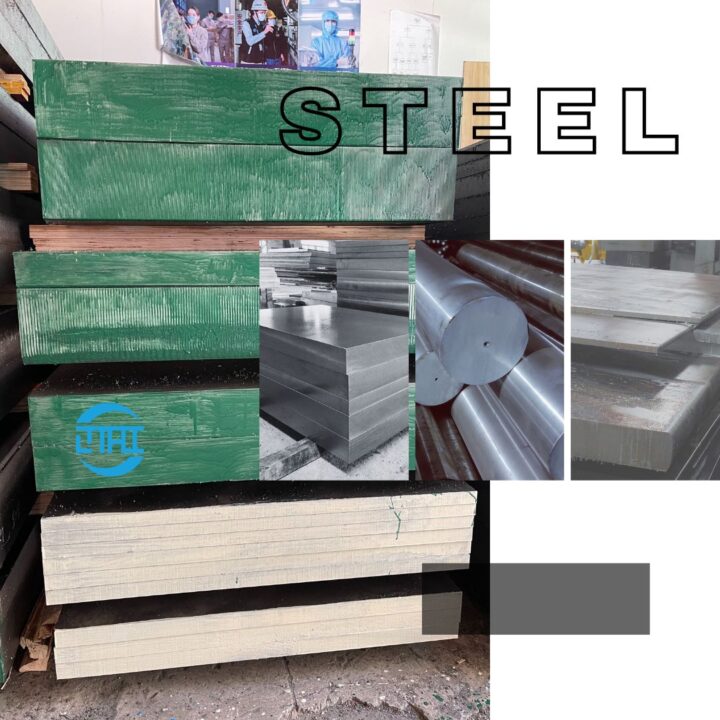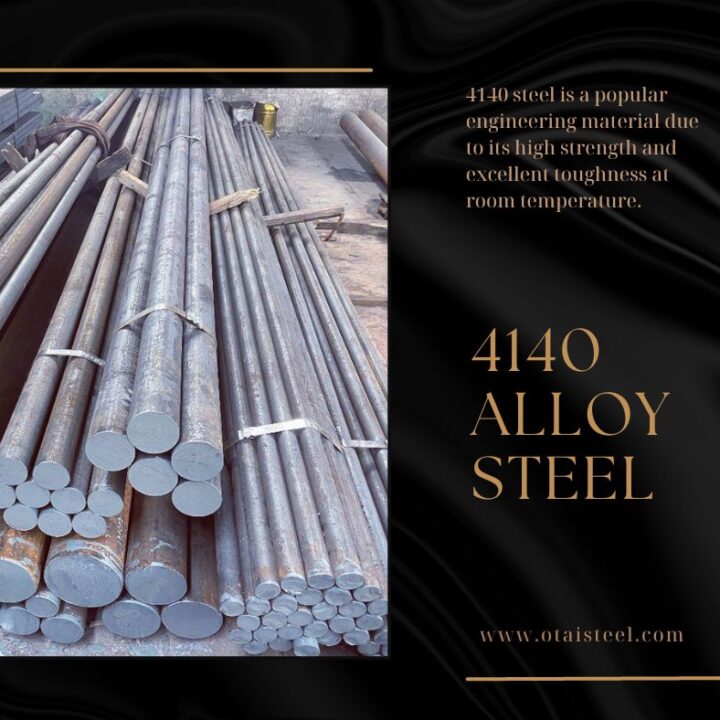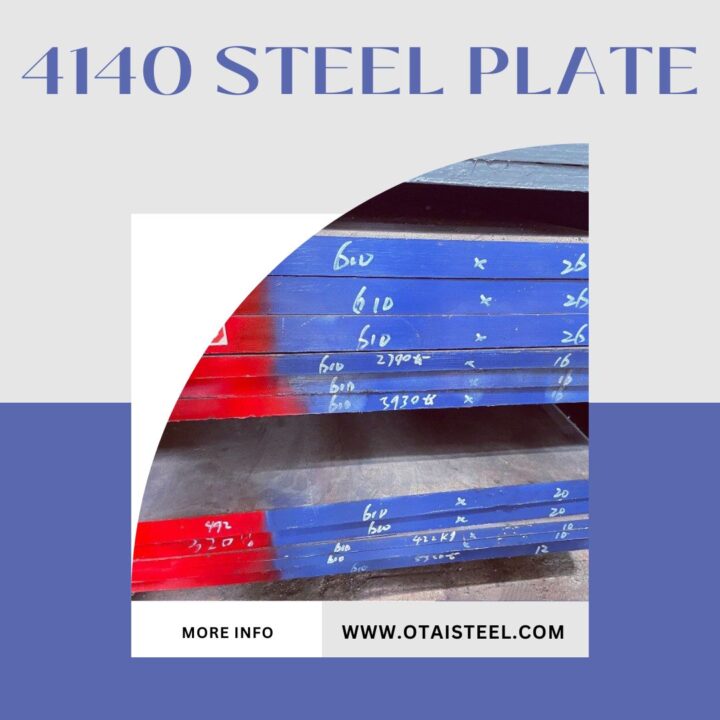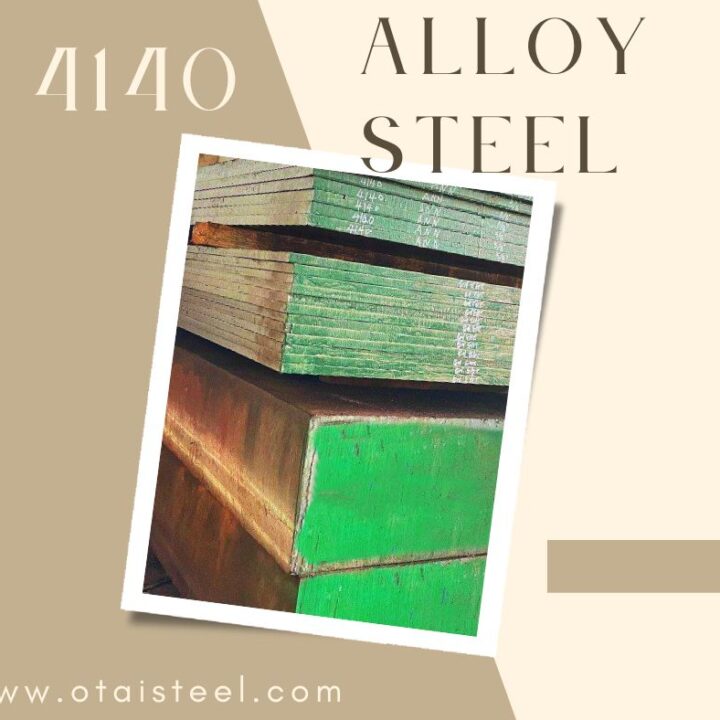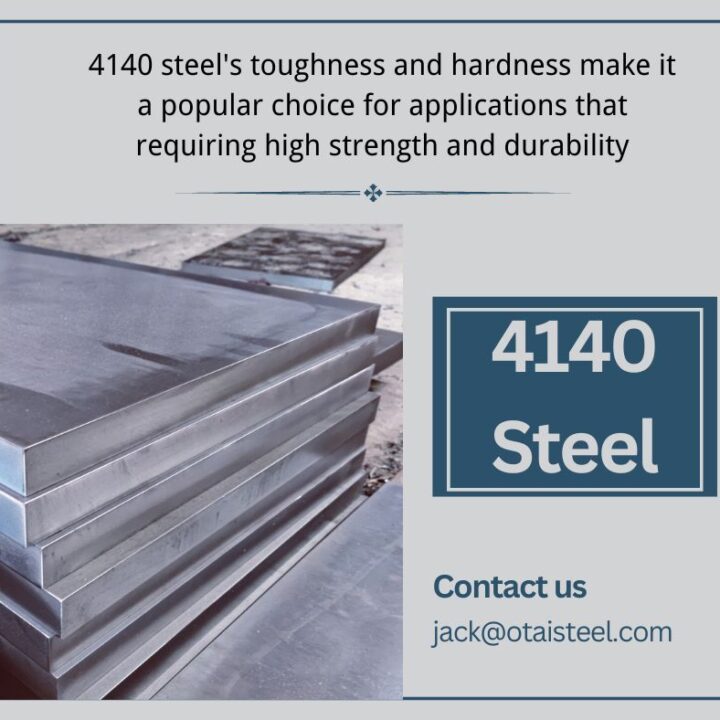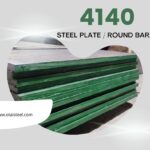The Effect of Carbon Content on the Properties of 4140 Steel
4140 steel is a multipurpose alloy steel commonly used in various industrial applications. Its unique combination of strength, toughness, and wear resistance makes it a popular choice for components such as gears, shafts, and wheel shafts. The carbon content of 4140 steel plays an important role in its mechanical properties.
Carbon content and intensity
The carbon content of 4140 steel is between 0.38% and 0.43%. The strength of 4140 steel is proportional to its carbon content. As the carbon content increases, the tensile strength and yield strength of the material also increase. However, an increase in carbon content also leads to a decrease in ductility.
Carbon content and hardenability
Hardenability refers to the ability of a material to harden through heat treatment. The carbon content of 4140 steel plays an important role in its hardenability. As the carbon content increases, so does the hardenability of the material. This is because the carbon atoms in the steel act as hardeners, enabling faster and more uniform quenching during heat treatment.
Carbon content and machinability
Machinability refers to the ease with which a material can be processed using various cutting tools. The carbon content of 4140 steel has a significant influence on its machinability. Lower carbon content leads to better machinability, while higher carbon content leads to reduced machinability.
Carbon content and weldability
Weldability refers to the ability of a material to be welded without compromising its properties. The carbon content of 4140 steel has a great influence on its weldability. Due to the formation of hard and brittle microstructure in the welding process, higher carbon content will result in reduced weldability. However, proper welding techniques and procedures can overcome these problems and ensure that 4140 steel components retain their properties after welding.
The carbon content of 4140 steel plays a crucial role in determining its mechanical properties such as strength, hardenability, machinability, and weldability. While higher carbon content leads to increased strength and hardenability, it also leads to reduced ductility and machinability. Therefore, the desired mechanical properties and the effect of carbon content on these properties should be considered when selecting 4140 steel for specific applications. Understanding the effects of carbon content on 4140 steel can help engineers make informed decisions about material selection and design for a variety of industrial applications.
